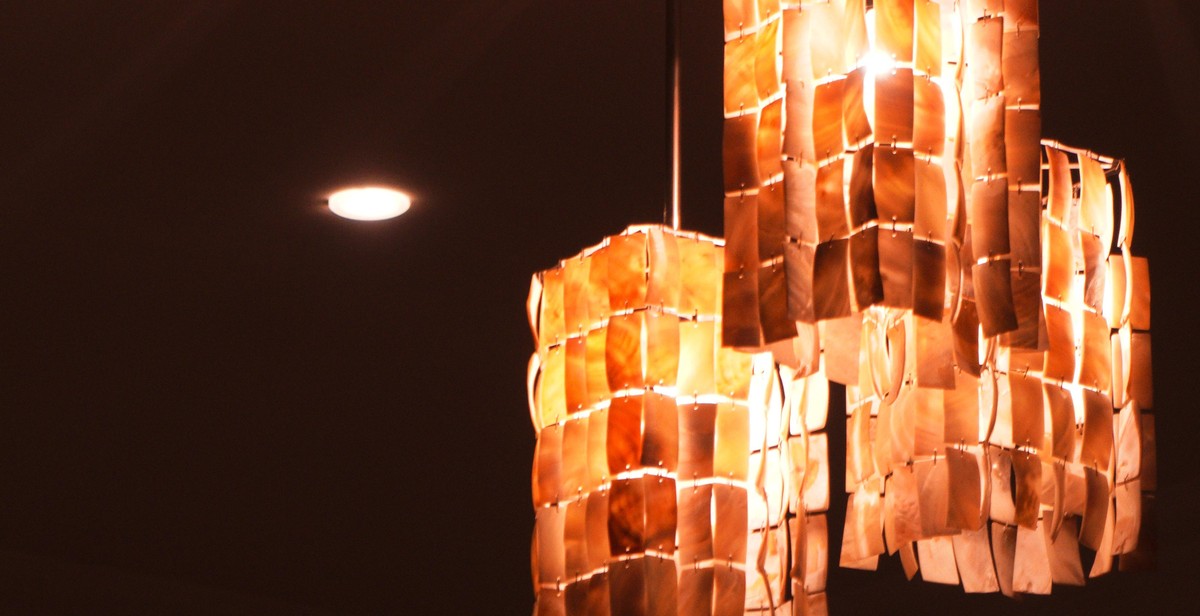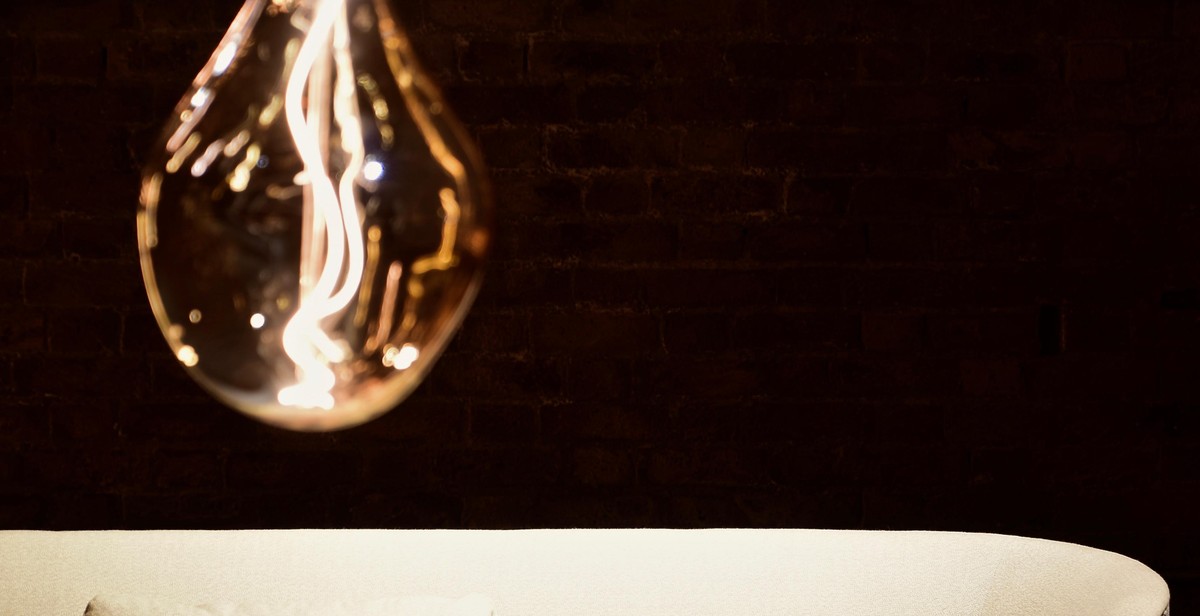How to Use Lighting in Interior Design: Creating Ambiance and Visual Interest
Lighting is an essential element in interior design. It can transform a space from dull and lifeless to warm and inviting. Lighting can also create visual interest, highlight architectural features, and set the mood for a room. However, using lighting in interior design is not just about choosing the right fixtures and bulbs. It requires careful consideration of the space, its function, and the desired ambiance.
The Importance of Lighting in Interior Design
Lighting has a significant impact on the look and feel of a space. It can affect the colors, textures, and shapes of objects in a room. Proper lighting can make a small space feel larger, while inadequate lighting can make a large space feel claustrophobic. Lighting can also affect our mood and well-being. A well-lit room can improve our productivity and energy levels, while a poorly-lit room can make us feel tired and unmotivated.
Types of Lighting
There are three main types of lighting in interior design: ambient, task, and accent lighting. Ambient lighting provides overall illumination for a room and is usually achieved with overhead fixtures. Task lighting is used for specific activities such as reading or cooking and is typically achieved with table lamps or under-cabinet lighting. Accent lighting highlights specific features in a room, such as artwork or architectural details, and is achieved with spotlights or wall-mounted fixtures.
In this article, we will explore how to use lighting in interior design to create ambiance and visual interest. We will discuss the different types of lighting, how to choose the right fixtures and bulbs, and how to create a lighting plan for your space.
Understanding the Importance of Lighting in Interior Design
Lighting plays a vital role in creating the desired ambiance and visual interest in interior design. It is an essential element that can enhance the aesthetics of any space. Proper lighting can make a room feel warm and inviting, while poor lighting can make it feel dull and uninviting. In this section, we will explore the impact of lighting on creating ambiance and visual interest, and the types of lighting used in interior design.
The Role of Lighting in Creating Ambiance
The right lighting can transform the mood of a room and create a desired ambiance. For instance, warm lighting can create a cozy and comfortable atmosphere, while cool lighting can create a more formal and sophisticated feel. Lighting can also help to create a focal point in a room, drawing attention to a particular object or area. It can also be used to highlight certain architectural features or artwork.
The Impact of Lighting on Visual Interest and Mood
Lighting can significantly impact the visual interest and mood of a room. It can make a space feel larger or smaller, depending on the type and placement of the lighting. For example, a well-placed floor lamp can create a cozy reading nook, while a chandelier can make a dining room feel more elegant and formal. Lighting can also affect the mood of a room. Bright lighting can create a lively and energetic atmosphere, while dim lighting can create a relaxed and intimate ambiance.
Types of Lighting Used in Interior Design
There are several types of lighting used in interior design, each serving a specific purpose. Ambient lighting is the primary source of light in a room and provides overall illumination. Task lighting is used to provide focused lighting for specific tasks, such as reading or cooking. Accent lighting is used to highlight specific objects or areas, such as artwork or architectural features. Decorative lighting is used to add a decorative element to a room, such as a chandelier or pendant light.
- Ambient lighting: This type of lighting provides overall illumination in a room and is usually provided by ceiling fixtures, such as flush mounts or recessed lights.
- Task lighting: This type of lighting is used to provide focused lighting for specific tasks, such as reading or cooking. Examples of task lighting include table lamps, desk lamps, and under-cabinet lighting in the kitchen.
- Accent lighting: This type of lighting is used to highlight specific objects or areas, such as artwork or architectural features. Examples of accent lighting include track lighting, picture lights, and wall sconces.
- Decorative lighting: This type of lighting is used to add a decorative element to a room and can range from chandeliers to pendant lights to table lamps.
Understanding the importance of lighting in interior design is crucial for creating the desired ambiance and visual interest in any space. By using the right type of lighting, you can enhance the aesthetics of a room and create a comfortable and inviting atmosphere.

How to Choose the Right Lighting for Your Space
Lighting is a crucial element in interior design as it can make or break the mood and ambiance of a room. Here are some tips on how to choose the right lighting for your space:
Consider the Function of the Room
The first step in choosing the right lighting for your space is to consider the function of the room. Different rooms require different types of lighting. For instance, the lighting needs of a kitchen will be different from those of a bedroom. A kitchen will require bright and functional lighting, while a bedroom will need softer and more relaxing lighting.
Determine the Mood You Want to Create
Once you have determined the function of the room, the next step is to determine the mood you want to create. Do you want a cozy and intimate atmosphere, or do you want a bright and energizing space? The mood you want to create will determine the type of lighting you need.
Choose the Right Type of Lighting for the Space
Choosing the right type of lighting for the space is essential. There are three main types of lighting: ambient, task, and accent lighting. Ambient lighting provides overall illumination to the room. Task lighting is used for specific tasks such as reading or cooking. Accent lighting is used to highlight specific features or objects in the room. The right combination of these lighting types can create a well-lit and visually interesting space.
Pay Attention to the Placement of Lighting Fixtures
The placement of lighting fixtures is just as important as the type of lighting used. The placement can affect the mood and ambiance of the room. For example, placing a light fixture above a table can create a cozy and intimate atmosphere, while placing it in the center of the room can create a bright and energizing space. It is also important to consider the height at which the fixtures are placed as this can affect the distribution of light in the room.
In conclusion, choosing the right lighting for your space requires careful consideration of the function of the room, the mood you want to create, the type of lighting needed, and the placement of lighting fixtures. By following these tips, you can create a visually interesting and well-lit space.

Tips for Using Lighting to Create Ambiance and Visual Interest
Lighting can be one of the most important elements in interior design, as it can create a mood, add visual interest, and highlight key features in a space. Here are some tips for using lighting to create ambiance and visual interest:
Layer Your Lighting
One of the most effective ways to create ambiance and visual interest in a space is to layer your lighting. This means using a combination of different types of lighting, such as overhead lighting, task lighting, and accent lighting. By layering your lighting, you can create different levels of light and shadow, which can add depth and dimension to a space.
Use Dimmer Switches
Dimmer switches are a great way to add flexibility to your lighting design. They allow you to adjust the intensity of the light to suit different moods and occasions. For example, you might want bright, focused light for reading or working, but softer, more diffuse light for relaxing or entertaining.
Mix and Match Different Types of Lighting
Don’t be afraid to mix and match different types of lighting in a space. For example, you might combine overhead lighting with table lamps, floor lamps, and wall sconces to create a layered and visually interesting effect. Just be sure to choose lighting fixtures that complement each other in terms of style, color, and scale.
Highlight Artwork and Architectural Features
Use lighting to highlight artwork and architectural features in your space. For example, you might use a spotlight to draw attention to a piece of artwork on the wall, or use under-cabinet lighting to highlight a beautiful backsplash in your kitchen. This can add visual interest and drama to your space.
Add Decorative Lighting Fixtures
Don’t forget about decorative lighting fixtures, such as chandeliers, pendants, and wall sconces. These fixtures can add style and personality to your space, and can also serve as focal points in a room. Just be sure to choose fixtures that are appropriate in scale for your space, and that complement the overall design aesthetic.
By following these tips, you can use lighting to create ambiance and visual interest in your interior design. Whether you’re looking to create a cozy and intimate space, or a bright and energetic one, the right lighting can make all the difference.
Conclusion
Lighting is an essential element of interior design that can create ambiance and visual interest in any space. By using different types of lighting fixtures, such as ceiling lights, floor lamps, and table lamps, you can achieve various lighting effects that enhance the mood and atmosphere of a room.
When selecting lighting fixtures, it is important to consider their functionality, style, and placement. For instance, task lighting is ideal for workspaces, while ambient lighting is perfect for creating a cozy and relaxing atmosphere in living spaces. Moreover, accent lighting can highlight specific features or objects in a room to create a focal point.
Another key factor to consider is the color temperature of lighting fixtures. Warm colors, such as yellow and orange, create a cozy and inviting atmosphere, while cool colors, such as blue and white, create a more energetic and refreshing environment.
In conclusion, lighting is a versatile tool that can transform any room into a beautiful and functional space. By understanding the different types of lighting and how to use them effectively, you can create a customized lighting plan that suits your needs and preferences.
Remember that lighting is not only functional but also an art. So, have fun exploring different lighting fixtures and experimenting with various lighting effects until you find the perfect combination that brings your vision to life.
